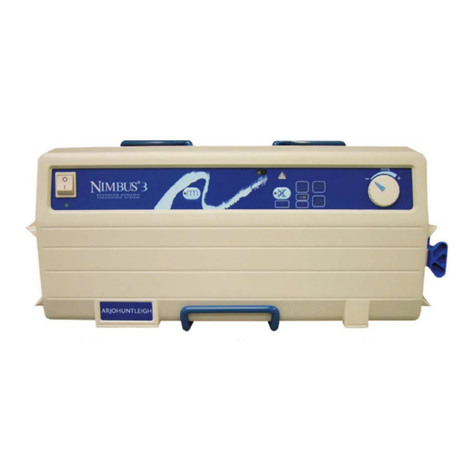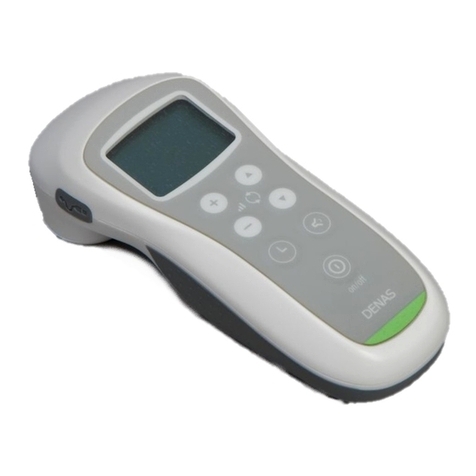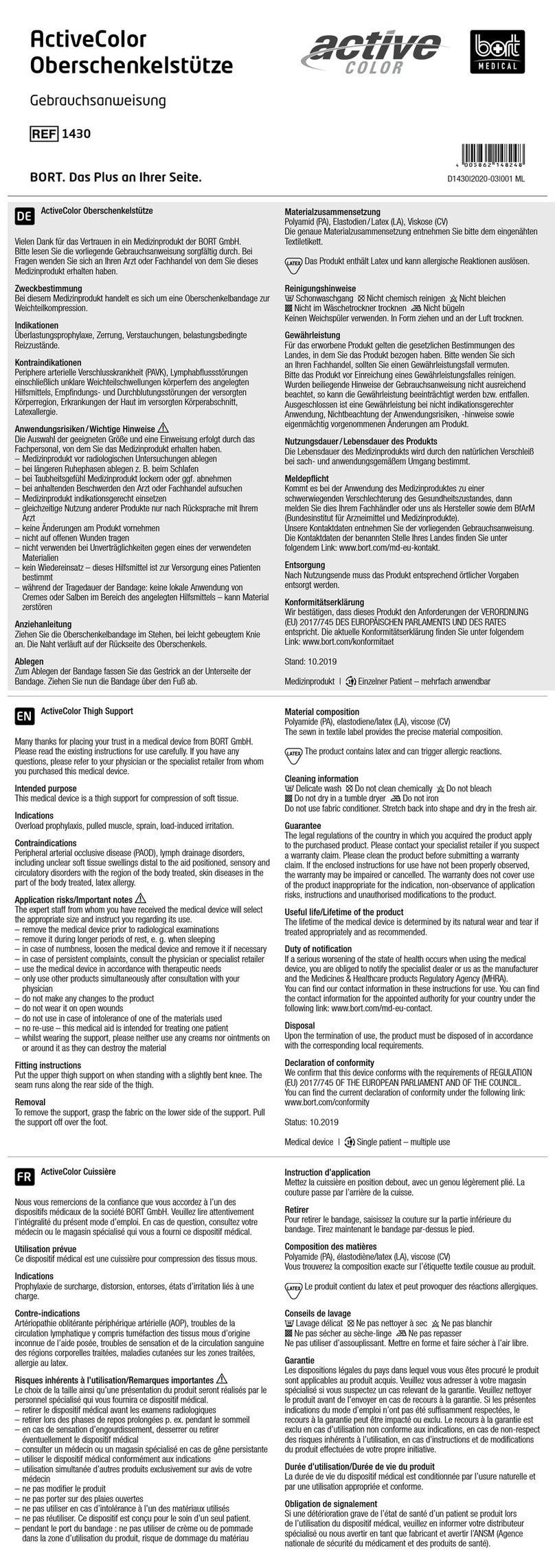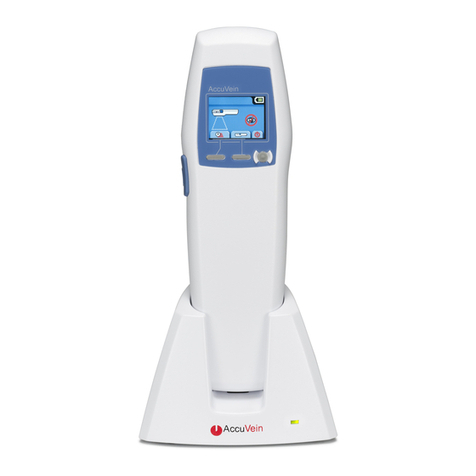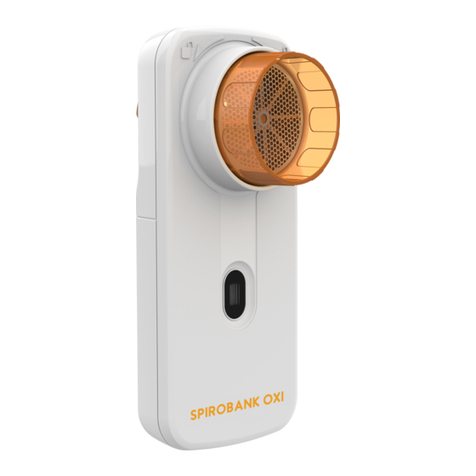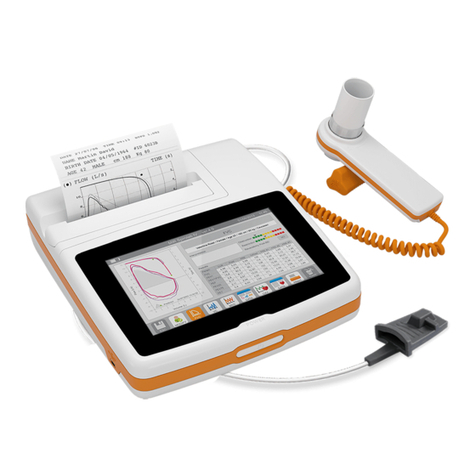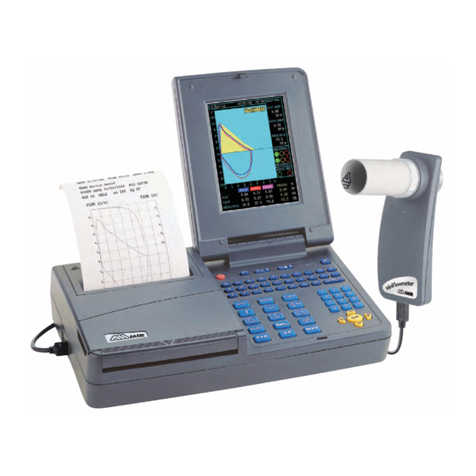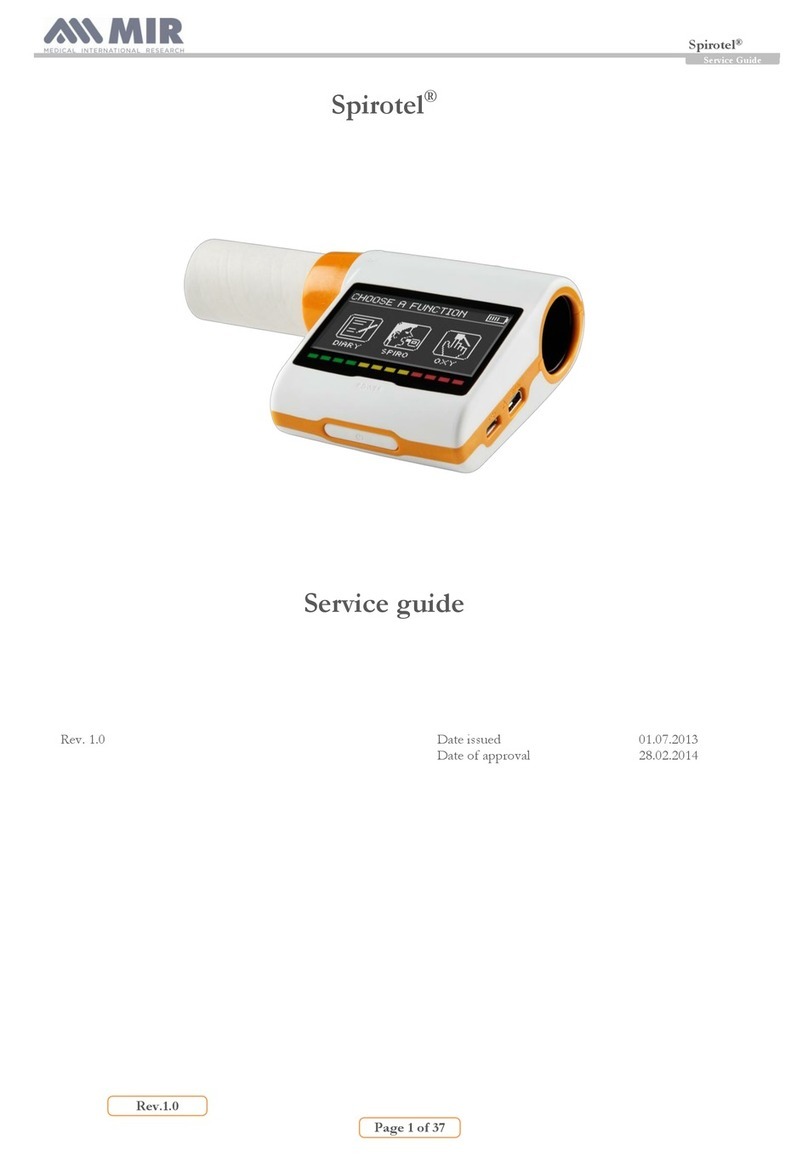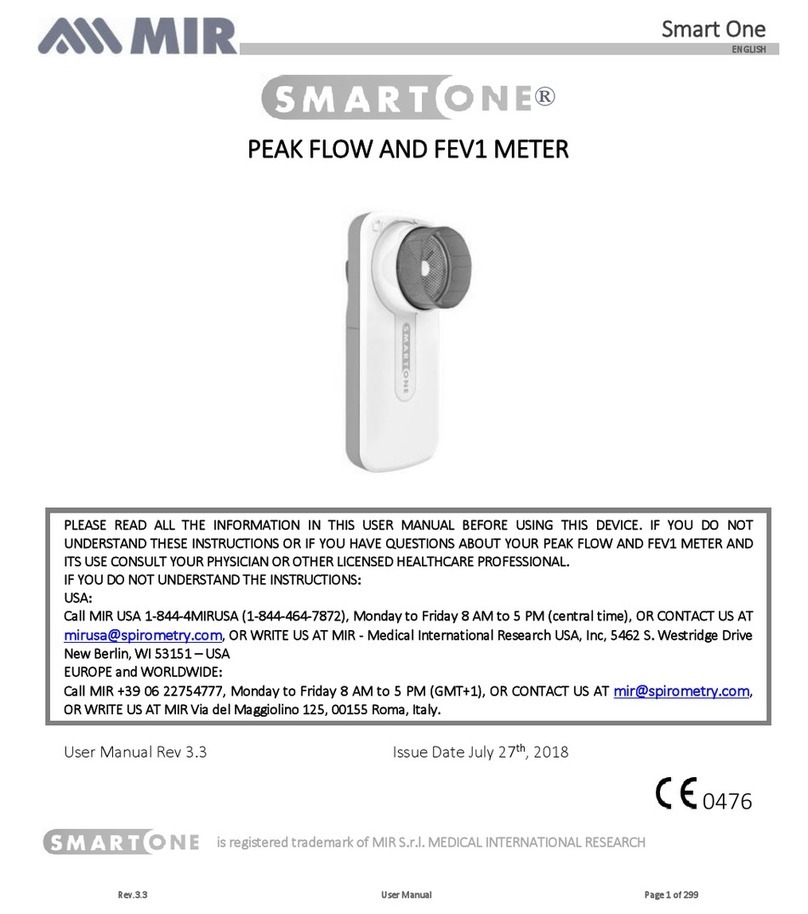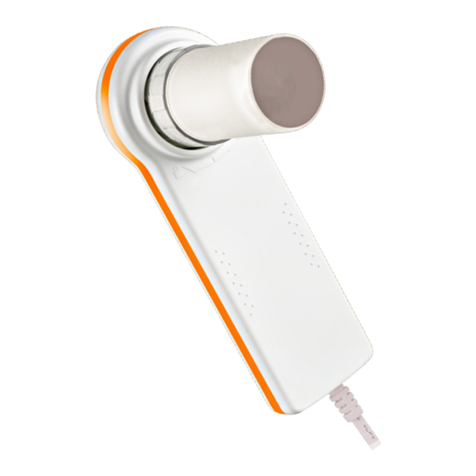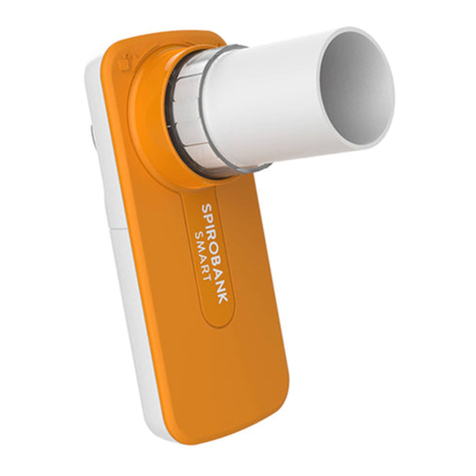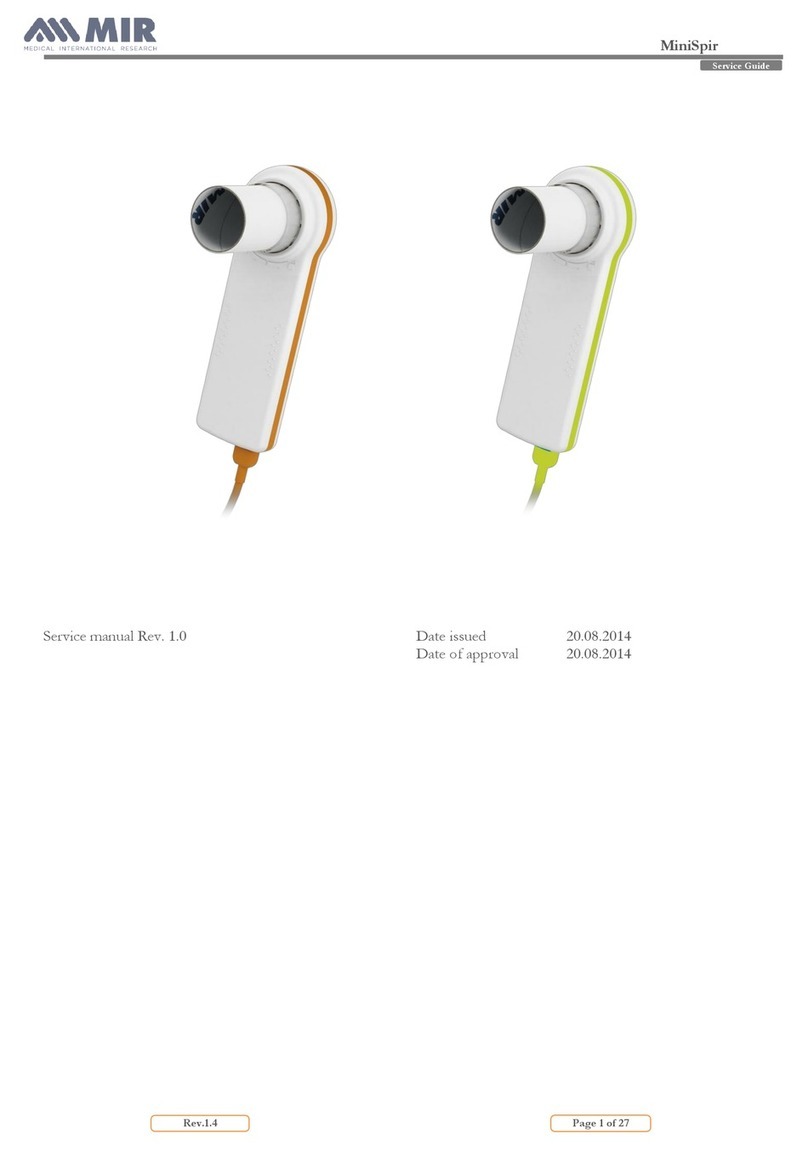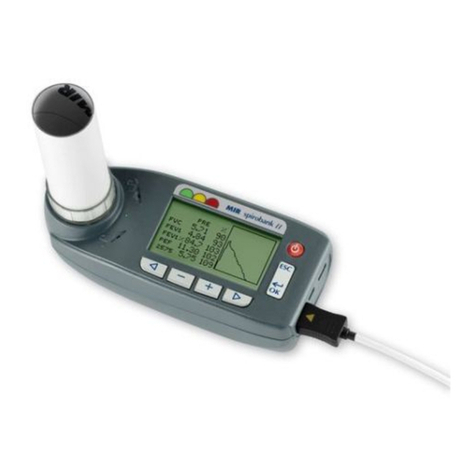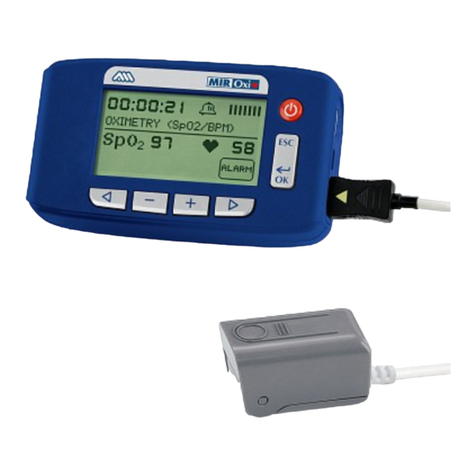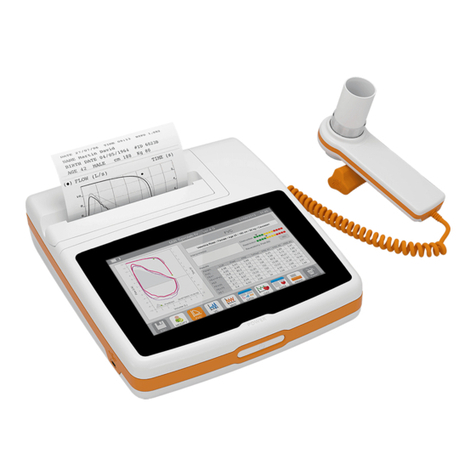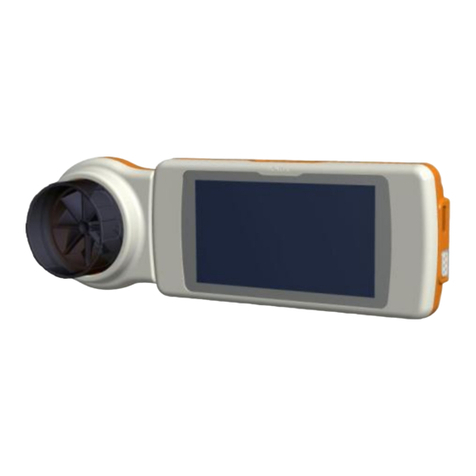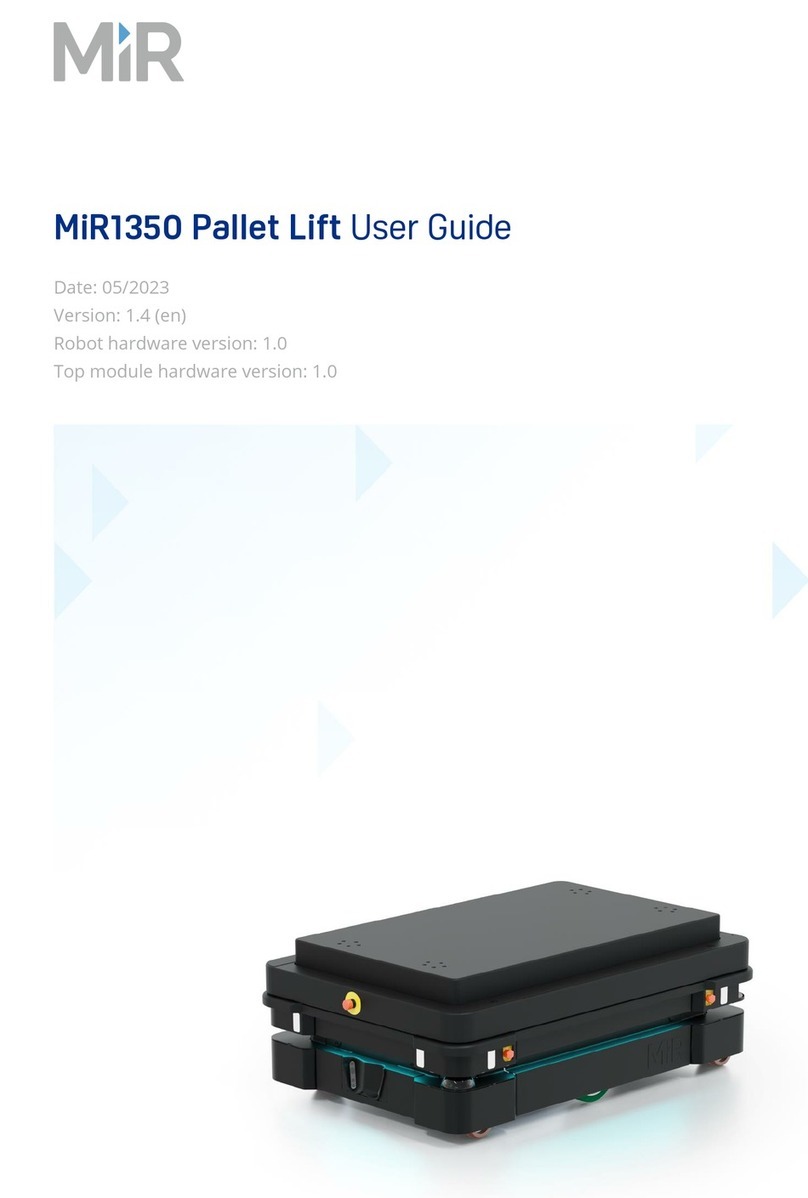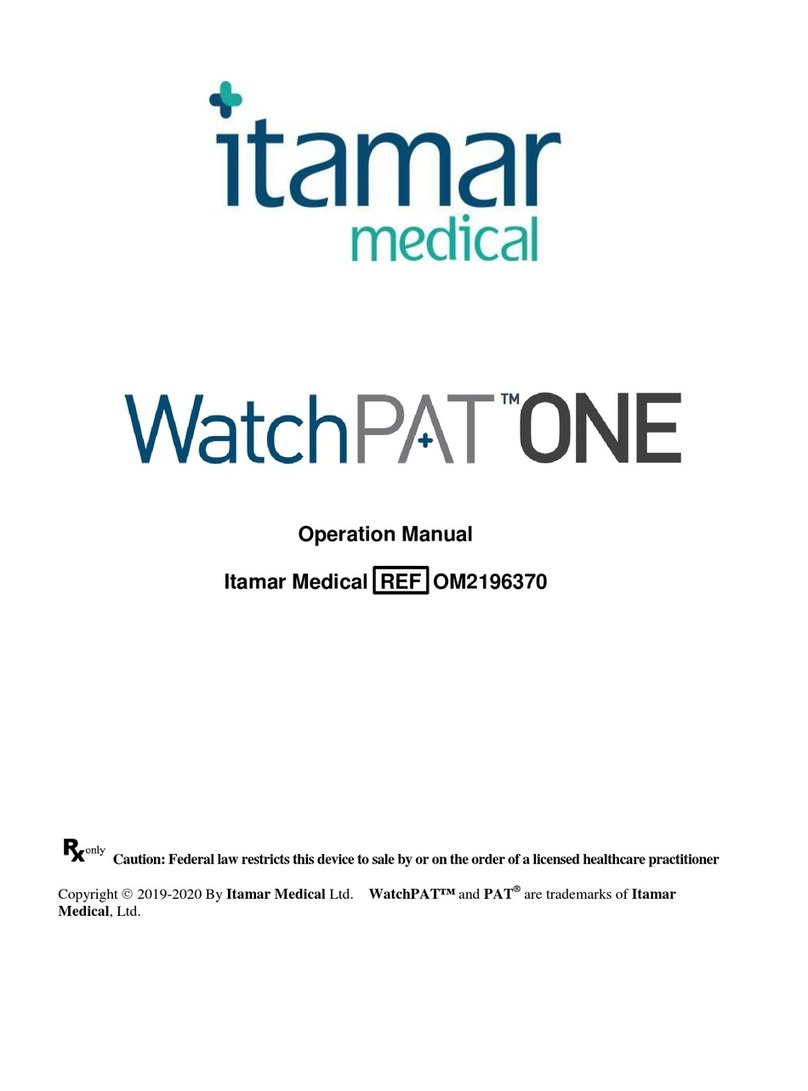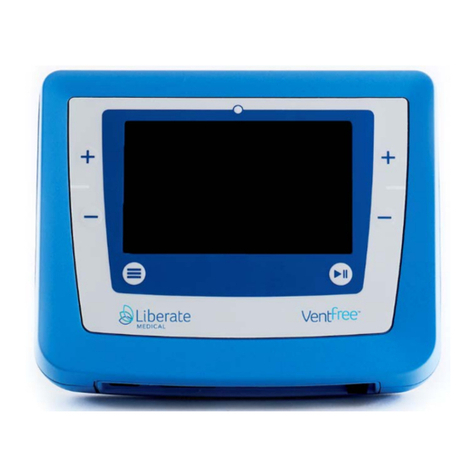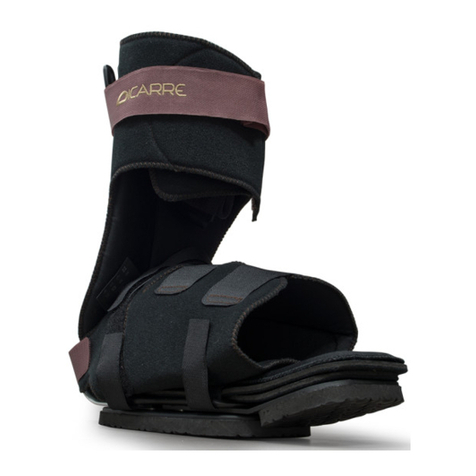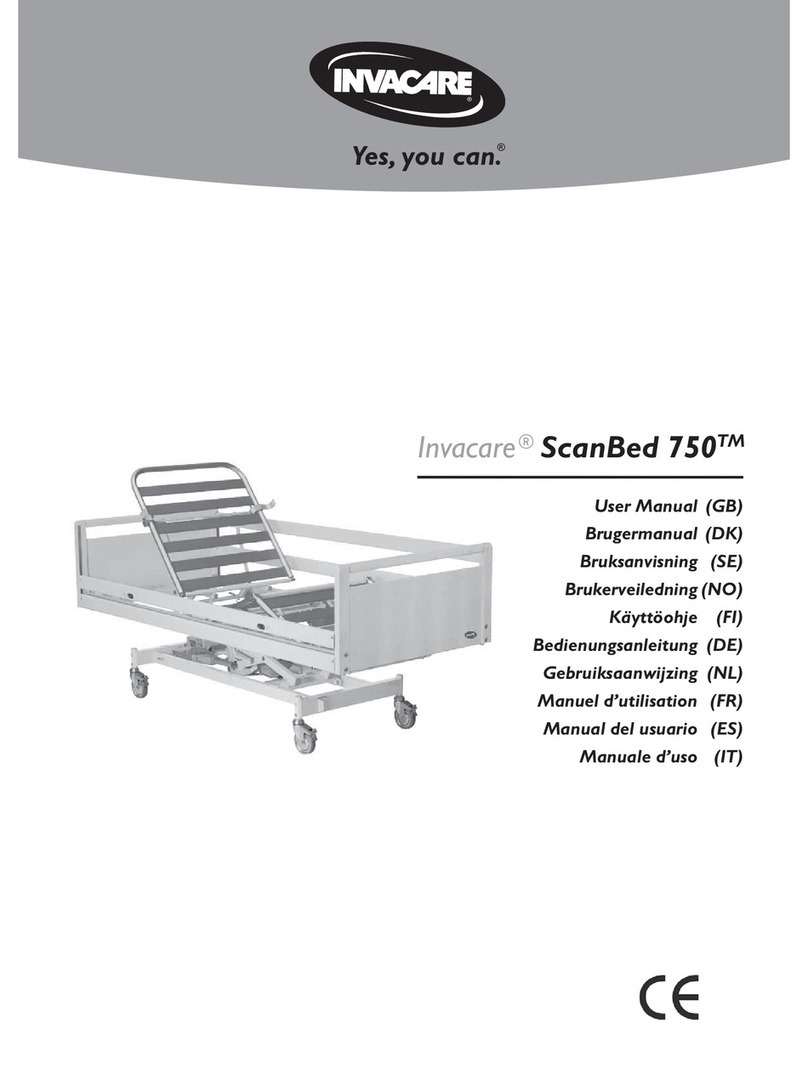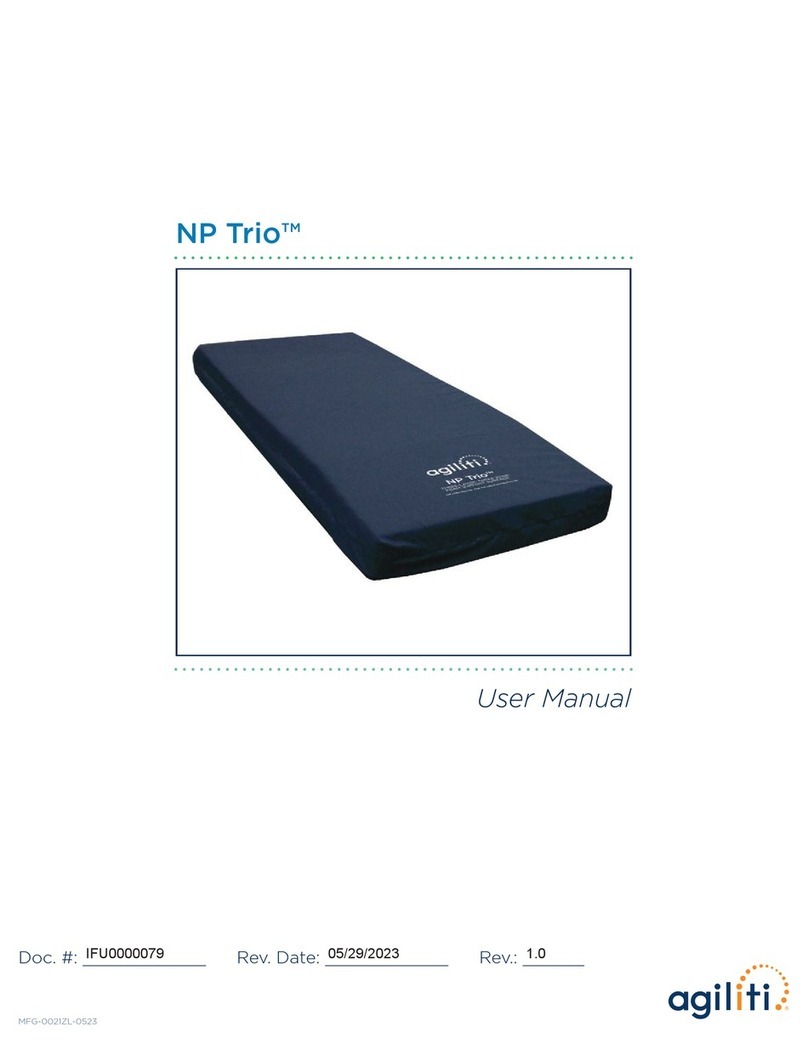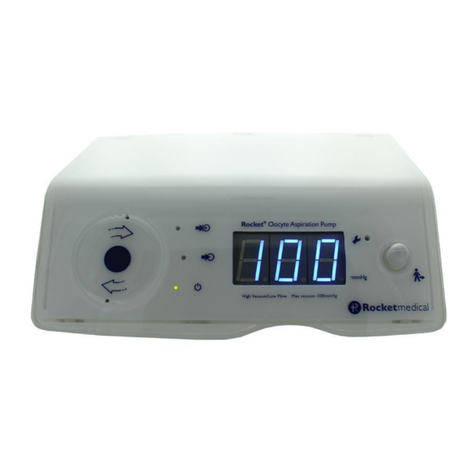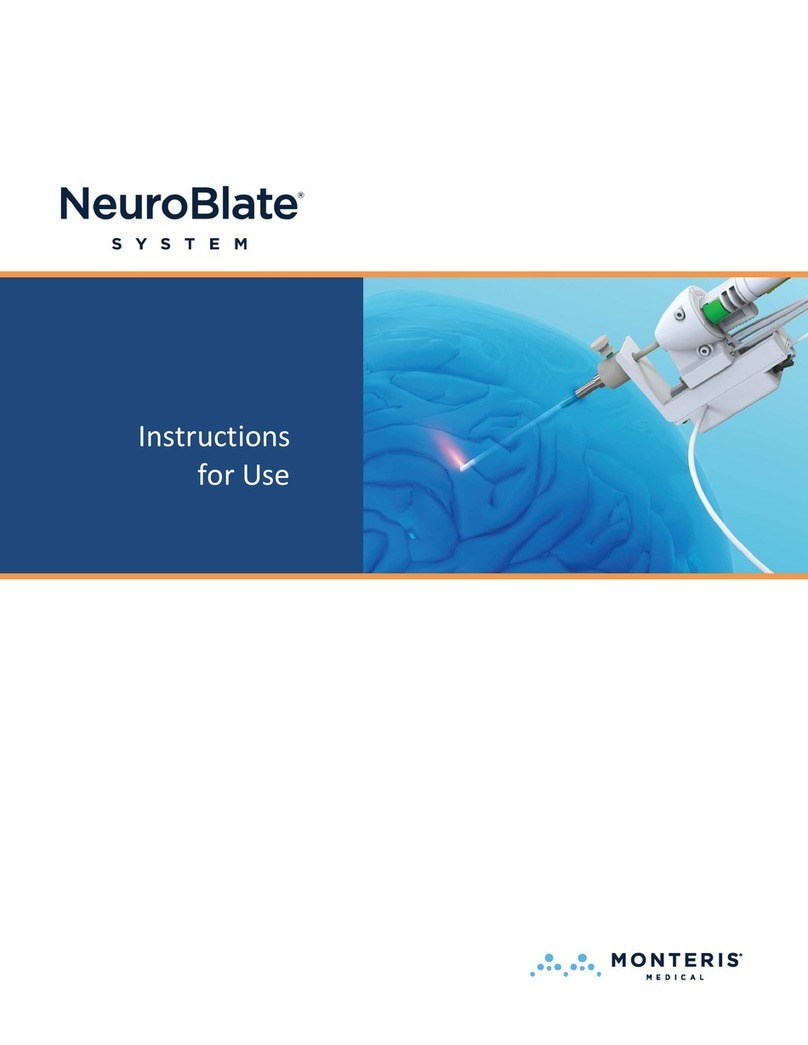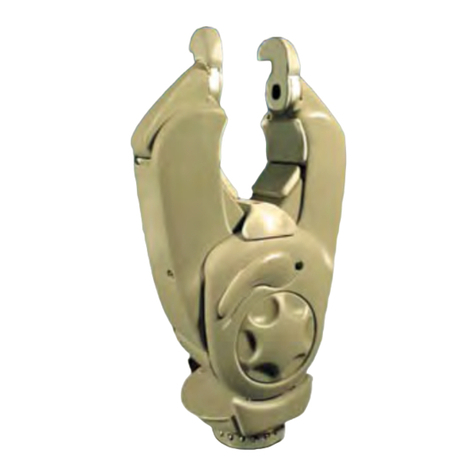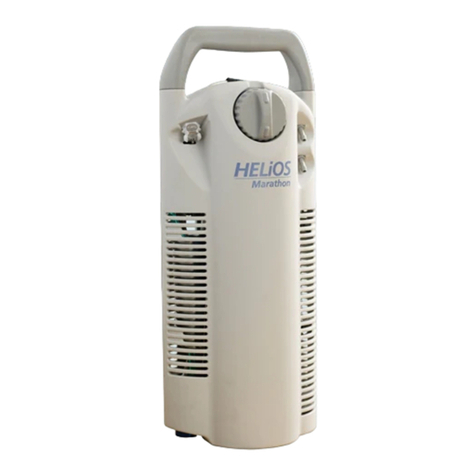WARNING
Dyes introduced into the bloodstream, such as methylene blue, indocyanine green, indigo carmine, patent blue V (PBV),
and fluorescein may adversely affect the accuracy of the oximetry reading.
Any condition that restricts blood flow, such as the use of a blood pressure cuff or a device for systemic vascular
resistance, may cause an inability to determine accurate pulse rate and SpO2 readings.
Remove fingernail polish and/or false fingernails before applying SpO2 sensors. Both may cause inaccurate oximetry
measurement.
Significant levels of dysfunctional hemoglobins, such as carboxyhemoglobin or methemoglobin, may adversely affect
the accuracy of the oximetry measurement.
Optical cross-talk can occur when two or more sensors are placed in close proximity. Optical cross-talk may adversely
affect the accuracy of the oximetry readings. The danger can be eliminated by covering each site with opaque material.
Obstructions or dirt on the sensor’s emitter and/or detector may cause a sensor failure or inaccurate readings. Make
sure there are no obstructions and the sensor is clean.
Autoclaving, ethylene oxide sterilizing, may cause sensor damage. Do not attempt to sterilize the sensor.
Unplug the sensor from MiniSpir before cleaning or disinfecting to prevent damaging sensor or device, and to prevent
safety hazards for the user.
1.2.5 USB Connection Cable
Incorrect use or application of the USB cable may produce inaccurate measurements, which will show very inaccurate values of
the patient’s condition. Carefully inspect each cable before use.
Do not use cables that appear to be or are damaged. If a new cable is required, contact your local distributor.
Use only cables supplied by MIR, specifically designed to be used with MiniSpir. The use of other types of cables can lead to
inaccurate measurements.
1.2.6 Device
WARNING
The maintenance operations detailed in this manual must be carried out to the letter. If these instructions are not followed
this can cause measurement errors and/or an incorrect test interpretation.
Any modifications, adjustments, repairs or reconfiguration must be made by the manufacturer or by personnel
authorised by the manufacturer. In case of problems, never attempt to make a repair oneself. The set-up of configurable
parameters should only be made by qualified personnel. However, an incorrect set up of the parameters does not put
the patient at risk.
When connected to other devices to preserve the safety oft he system as required in the IEC 60601-1 standard, it is
necessary to use exclusively device compliants with the safety rules. So the PC which the MiniSpir is connected must
be compliant with IEC 60601-1.
If the PC connected to MiniSpir is used in the area containing the patient, it is necessary that the PC complies with the
EN 60601-1 Standard (ref. EN 60601-1 Standard).
For the disposal of the MiniSpir, the accessories, plastic consumable materials (mouthpieces), use only the appropriate
containers or return all such parts to the seller of the instrument or to a recycling centre. All applicable local regulations
must be followed.
If any of these rules are not followed then MIR will decline all responsibility for any direct or indirect damages, however
caused.
1.2.7 Warnings for use in electromagnetic environments
Due to the increasing number of electronic devices (computers, cordless phones, cell phones, etc.) medical devices may
be subject to electromagnetic interference caused by other equipment.
Such electromagnetic interference could cause the medical device to malfunction, such as a lower measurement
accuracy than stated, and create a potentially dangerous situation.
MiniSpir complies with the EN 60601-1-2:2015 standard on electromagnetic compatibility (EMC for electromedical
devices) both in terms of immunity and emissions.
For the correct operation of the device, however, it is necessary not to use MiniSpir near other devices (computers,
cordless phones, cell phones, etc.) that generate strong magnetic fields. Keep these devices at a minimum distance of
30 centimeters. If it is necessary to use it at shorter distances, MiniSpir and the other devices must be kept under
observation to verify that they work normally.
Do not use the instrument in the presence of MRI equipment, which can generate an induced current in the sensor to
measure oximetry, causing injury to the patient.
Note: The emissions characteristics of this equipment make it suitable for use in industrial areas and hospitals
(IEC/CISPR 11 Class A). If it is used in a residential environment (for which IEC/CISPR 11 Class B is normally required)
this equipment might not offer adequate protection to radio-frequency communication services. The user might need to
take mitigation measures, such as relocating or re-orienting the equipment.”
